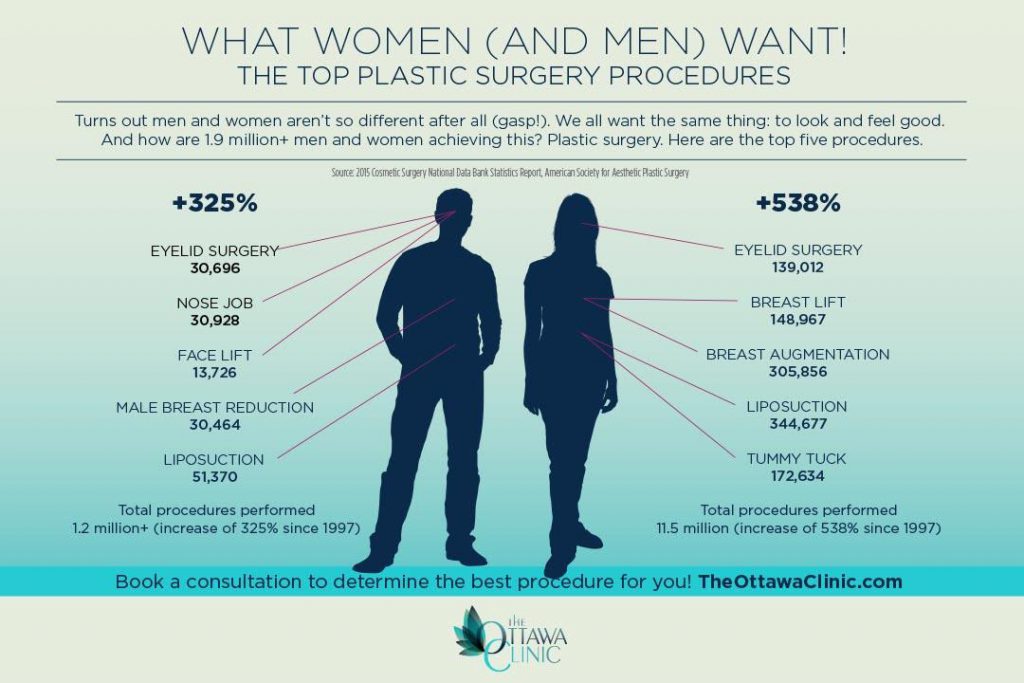Salicylic acid is a vital ingredient in several nonprescription acne treatments. It runs out blackheads and whiteheads as well as minimizing excess oil. It can also assist fading acne scars, although it might take a while.
Like benzoyl peroxide, it functions by disconnecting skin pores. However it does so in a different way.
1. Breaks Down Dead Skin Cells
Salicylic acid is a beta-hydroxy acid (BHA) that's oil-soluble and as a result able to sink deep into the skin, dissolving excess oil as well as dead skin cells. This is what makes it such a reliable anti-acne therapy. It softens keratin, the healthy protein that develops part of our skin structure, so that dry, flaky skin conveniently loses, and it loosens up blackheads and whiteheads so they can be eliminated.
The problem with clogged up pores is that microorganisms, dust and dead skin cells are caught, creating the perfect setting for acne to grow in. Unlike water-based exfoliants, which just scrub the skin's surface, salicylic acid penetrates much deeper right into the pores to do away with the build-up, creating an oxygen-rich environment that's aggressive to germs.
Try to find a salicylic acid cleanser with 2% concentration or higher, specifically for oily skin kinds. If you have sensitive or dry skin, begin with a reduced dose and use it much less commonly. Always read the tag meticulously to comply with application instructions.
2. Breaks Down Sebum
As a keratolytic, Salicylic acid helps scrub the skin by dissolving the bonds that hold dead skin cells together. This permits the dead skin cells to lose more easily, which subsequently can assist unclog pores. This is what makes it such an effective component for treating blackheads and whiteheads, especially when made use of together with other therapies that function to decrease sebum manufacturing.
Along with being an exfoliant, salicylic acid likewise has comedolytic residential or commercial properties that help break down sebum. This is what makes it so reliable at treating blackheads and whiteheads, along with various other non-inflammatory acne.
As with any kind of therapy, it is essential to constantly comply with the directions on your item's packaging. Beginning with a percentage and gradually raise your usage as your skin acclimates to the active ingredient. This will aid prevent any dry skin or sensitivity that might happen. Remember, it can use up to 6-8 weeks to notice a distinction in your acne.
3. Clears Pores
When you make use of an acne product with salicylic acid, it penetrates deep right into your pores and loosens the "adhesive" that causes dead skin cells to integrate together. This makes it less complicated for them to fall away and minimizes pore blockages that bring about shallow acne, like blackheads, whiteheads, and tiny red pimples (acnes).
Due to its capacity to permeate the pores, Dr. Negbenebor advises using it in a product, instead of a cleanser or body clean, to maximize its performance. Make sure to review the component tag thoroughly and make note of any other prescription or nonprescription drugs you take or herbal items you're using, as some can engage with salicylic acid.
To find a great product, try to find one which contains salicylic acid in a higher focus-- 2 percent or higher-- or that integrates it with another anti-inflammatory and exfoliating component, such as salt PCA and sodium hyaluronate, which assists prevent the drying out results of the salicylic acid. A favorite of lots of reviewers with sensitive skin, this Paula's Selection 2% salicylic botox and fillers near me acid serum consists of maltobionic acid to exfoliate without irritating the skin.
4. Lowers Redness
Salicylic acid is anti-inflammatory, which helps in reducing redness & inflammation related to acne blemishes. It likewise softens & loosens up dry, scaly skin, which can aid remove dead skin cells, flakes & debris that obstruct pores.
While over-the-counter concentrations of salicylic acid cap at 2% (for items that will certainly be left on your face), it's available in higher focus through a prescription. A skin specialist can advise the correct concentration to treat your acne, based upon your skin kind and your experience with treatments such as benzoyl peroxide or retinoids.
If you're new to skin care items with this ingredient or have oily skin, attempt making use of a lower concentration initially. You can progressively work up to a stronger focus, yet it's important to use your item as routed, i.e., once a day. Otherwise, overuse can leave your skin super-dry & inflamed. It's additionally recommended to use your items just at night, since salicylic acid can transfer onto materials & tarnish them.
